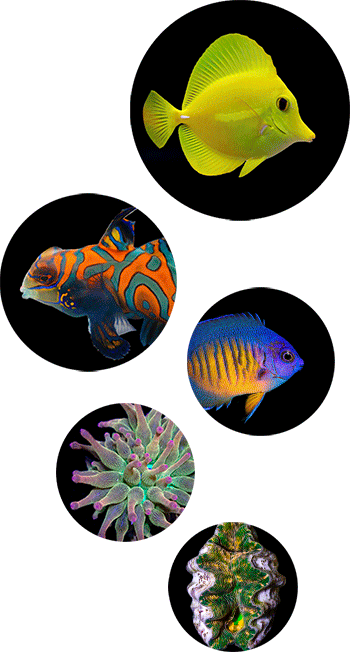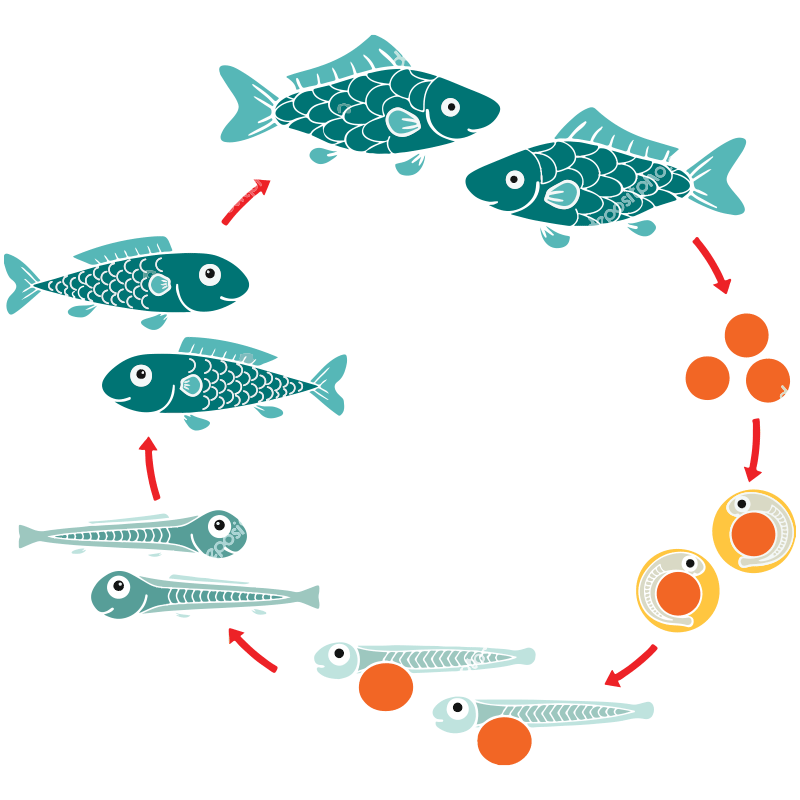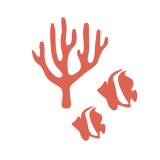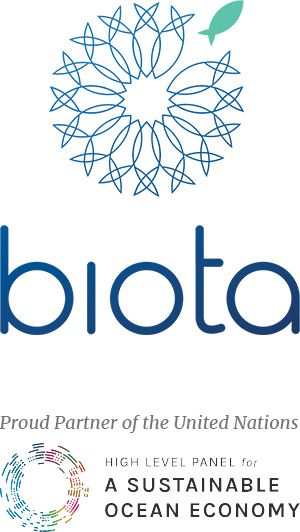Our Story
The Biota Story
Biota is advancing the aquaculture industry through daring innovation and a relentless commitment to protecting and restoring the ocean.
We have developed new ways of sustainably culturing fish, clams and corals for the global aquarium trade, food security, and conservation purposes.
Our philosophy is to give back to the ocean and take nothing from it.
Biota fish are raised in captivity at our marine life nursery and carefully acclimated for aquarium life. That means we – and you – don’t have to take fish from the wild.
We have already cultured collectively more than 100 different types of fish, including endangered species, rare and exotic species, and world-firsts such as the Borbonious Anthias, Bumphead Parrotfish and Clown Triggerfish.
Everything we do at Biota is aimed at leaving the ocean in a better state than we found it.

The saltwater aquarium trade relies heavily on wild-caught fish, which can be done sustainably, however most practices have a negative impact on the marine environment, particularly coral reefs.
▸ Saltwater aquariums are rising in popularity.
▸ 90% of saltwater aquarium fish are taken from reefs.
▸ 85% of the world’s reefs are already damaged and taking marine wildlife isnt helping.
▸ Many Wild-caught fish usually only survive short-term in aquariums.
▸ Many wild caught marine fish die from injuries and stress of capture.
▸ 80% of aquarium hobbyists give up in the first year because it’s too hard to keep wild-caught fish.


A better way of doing things
Biota believes in a better way of doing things.
We’re using science and technology to develop ocean-friendly aquaculture solutions.
Biota provides a sustainable and superior alternative for aquarists and pet stores that care about ocean conservation.
Every day, we’re showing that aquaculture can have a positive impact on the ocean.

How we do it
Biota’s team of marine experts and passionate conservationists have developed new methods of culturing fish for saltwater aquariums.

Our process involves two methods of attaining eggs to grow our fish:
1. Collecting eggs
Most large marine fish lay hundreds of millions of eggs each day during spawning. Most of those eggs are eaten by other fish and it’s estimated only 0.01% survive to adulthood.
Bitoa developed a new technique that involves collecting some of those eggs in the waters of Palau.
After several years of watching fish behavior we can now collect eggs seconds after fertilization. This method is one of the least impacting forms of attaining gametes from a wide range of fish.
Though challenging, the survival and growth rates of wild gamete culture makes it worth the effort.
2. Culturing in captivity
For smaller species of fish it is much harder to catch them spawning in the wild so it is far easier to collect a few pairs and house them in large comfortable aquariums where they settle fast. This is due to the fact that the time from collection to aquarium is usually just a few hours (unless they are decompressing).
These fish adapt quickly and usually start breeding in about ten to 20 days. From these fish we can get thousands of eggs every year. Species such as our Anthias, Coral beauties and Mandarins are now being produced from the first generation we have raised. F1 Brood stock. About 50% of our mandarins being produced in 2020 are F2s!
What are we breeding for?

Ornamental Fish
We breed ornamental fish for the aquarium trade.
Here at Biota Palau we have an extensive outdoor facility with large tanks that get plenty of water and sunlight.
The young fish grow fast and are usually ready for market in 3-4 months.
Once the fish are ready, they are carefully shipped to Biota’s facility in Florida, United States, where they are fully acclimated and conditioned for a minimum of 20 days. This results in more robust and beautiful fish and corals that are well-suited to aquarium life.
From here, Biota marine life is distributed to pet stores all over the United States and Europe. We produce a superior animal to the wild counterpart as they are raised in aquariums for aquariums.
They eat pellets, are more peaceful and are disease free.
Restocking Wild Populations
To date we have released many fish from different species raised here at our facility.
Our plan is to eventually deliver species of significance (such as the Bumphead parrotfish) to other nations of the Pacific where they used to occur.
Our vision is to restock reefs!
Food Security
Our current production of food fish is focussed on the Bumphead parrotfish (Bolbometopon muricatum).
“This is the most cost effective and conservation effective approach that I can think of.”
– Dr John Howard Choat
